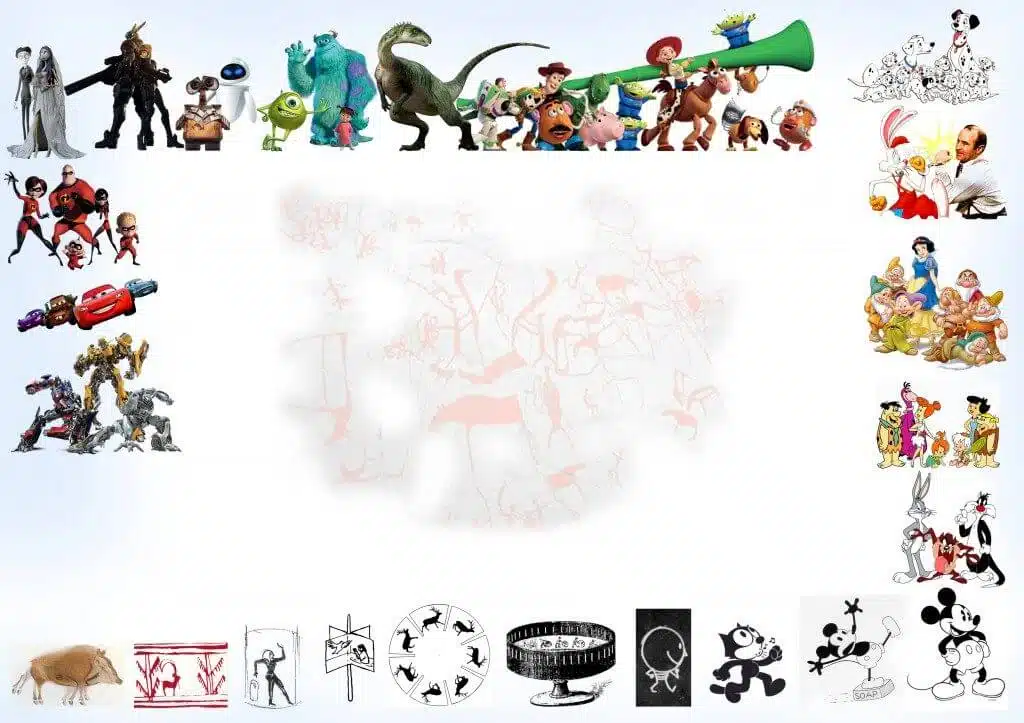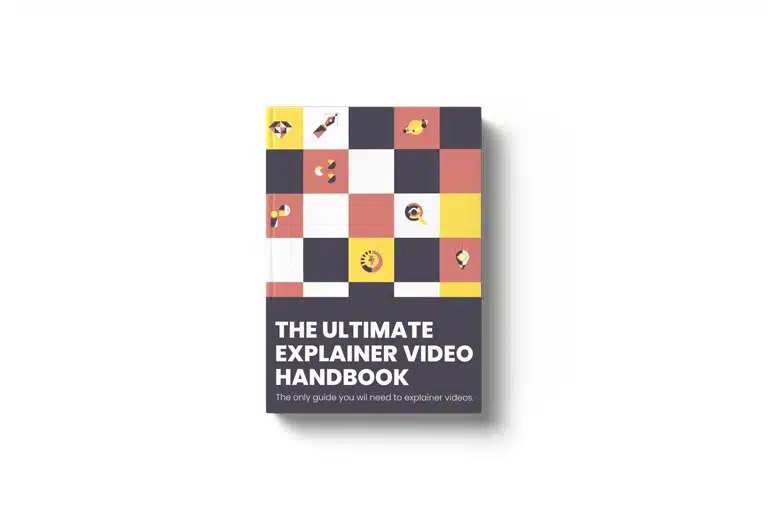Last Updated on May 9, 2023
Let’s start! Animation is an open door! – The history of Animation
Animation is an open door! Eh… What did I really mean by that? Ummm… Sorry, no clues. Perhaps I wanted to highlight the fact that animation presents a window of opportunities! Nope. Ok, I admit that I just wrote the first thing which popped into my head. I think I might have read up some old Civil Engineering textbook – blabbering about doors and windows. Nah! I don’t really want to compare Civil Engineering to animation. Common! Animation is a far more interesting topic. Don’t you agree? So, let me allow that headline to slide for now. We might get to that later (or we might not!)
By the way, have you ever felt inclined to actually check out how animation actually came about? Since we already know that stuffs evolve! (What you really thought that humans were the only things that underwent evolution? That’s crazy!) Animation has a very interesting history, you see. I know what you are thinking! Groan! History! But wait… Read on.
It so happens that the origin of animation could be traced back to as far as Palaeolithic cave paintings. If you haven’t already figured out, ‘Palaeolithic’ is prehistoric! If you want a precise number, that should be anywhere around 2.6 million years ago! Don’t look shocked! I warned you that it would be ‘very’ interesting.
In most of these paintings, animals were often depicted with multiple sets of legs in superimposed positions and it is a very likely theory that it was the artist’s earliest known attempts to convey motion. Then, along came various discoveries of murals, bowls, manuscripts and devices that support these theories that man has always felt a desire to capture motion through drawings or paintings. For example, a 5200 years earthen bowl found in Iran has five images painted on the side showing phases of a goat leaping up to a tree. Or a 4000 years old Egyptian burial chamber mural that depicts wrestlers in action.
However, the ‘Magic Lantern’, placed somewhere around 15th century, is considered to be early predecessor of the modern day projector. Then came along Thaumatrope, Phenakistoscope and Zoetrope etc. with funny names but with serious advancement in how animation began to play a vital part.
The first ‘Flipbook’ was patented by John Barnes Linnett in 1868 as the Kineograph. The first animated screening was conducted in France by Charles-Emile Reynaud who created Praxinoscope in 1877. (I know, they got really creative with those names. On my part, I could spend a day trying to pronounce them correctly!). On 28th of October 1892, his first animation was projected in public. It was called ‘Pauvre Pierrot’ and was shown at Musee Grevin in Paris which, in 1900, was attended by more than 500,000 people. Now that’s huge!
This gave way to traditional animation era and silent era. Just to get an idea of how the animations looked like then, check out ‘Fantasmagorie’ by French director Emile Cohl, that was first screened on August 17, 1908 at Theatre du Gymnase in Paris:
The first animated feature film was ‘El Apostol’ made by Quirino Cristiani from Argentina in 1917. In 1920, Otto Messmer of Pat Sullivan Studios created ‘Felix the Cat’ which was the first cartoon to be merchandised. Check out Felix’s first movie, ‘Feline Follies’!
See that? It took less than twenty years for that kind of technological advancement. Incredible, isn’t it? But perhaps it took another few years to create cartoons as we know it. In 1923, a studio called Laugh-o-grams went bankrupt and Walt Disney opened a new studio in Los Angeles. (Do you feel glad about the bankruptcy of Laugh-o-grams or is it just me being wicked?) The first breakthrough for Disney came from 1928’s Steamboat Willie, the third of Mickey Mouse series which was the first cartoon to include sound effects and voice. In 1930, Warner Brothers Cartoons were founded. Rest as they say is history.
Looney Tunes, Mickey Mouse, Snow white and seven dwarfs made their appearance. When the color television was introduced in the U.S. markets in 1951, it gave a wider platform for animations. In 1960, ‘The Flintstones’ became the first animated series on prime time television and theatres got a backseat. Animation has seen better days since then! And now we know how much they have started to mean in the everyday life. Don’t you agree? But of course, you do.
What an incredibly amazing journey it has been! But you know what makes me most grateful? It keeps my child engaged for some time and that, I know for sure, is a true blessing!
Fifty years from now, so much would have changed. Technological advancements, techniques, sound tracks, orchestration, graphics, visual effects – there’s a whole room for improvement. This is perhaps what I meant to say, after all. Animation is an open door!
Let us know if you need a video, we are here to help.

